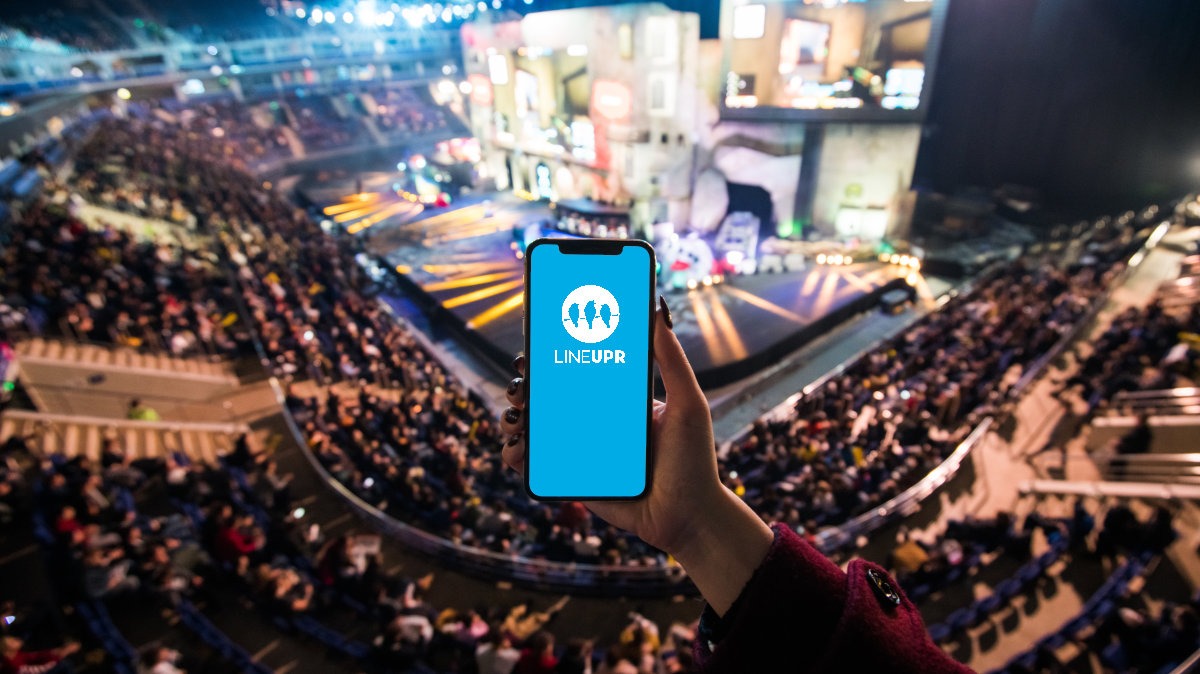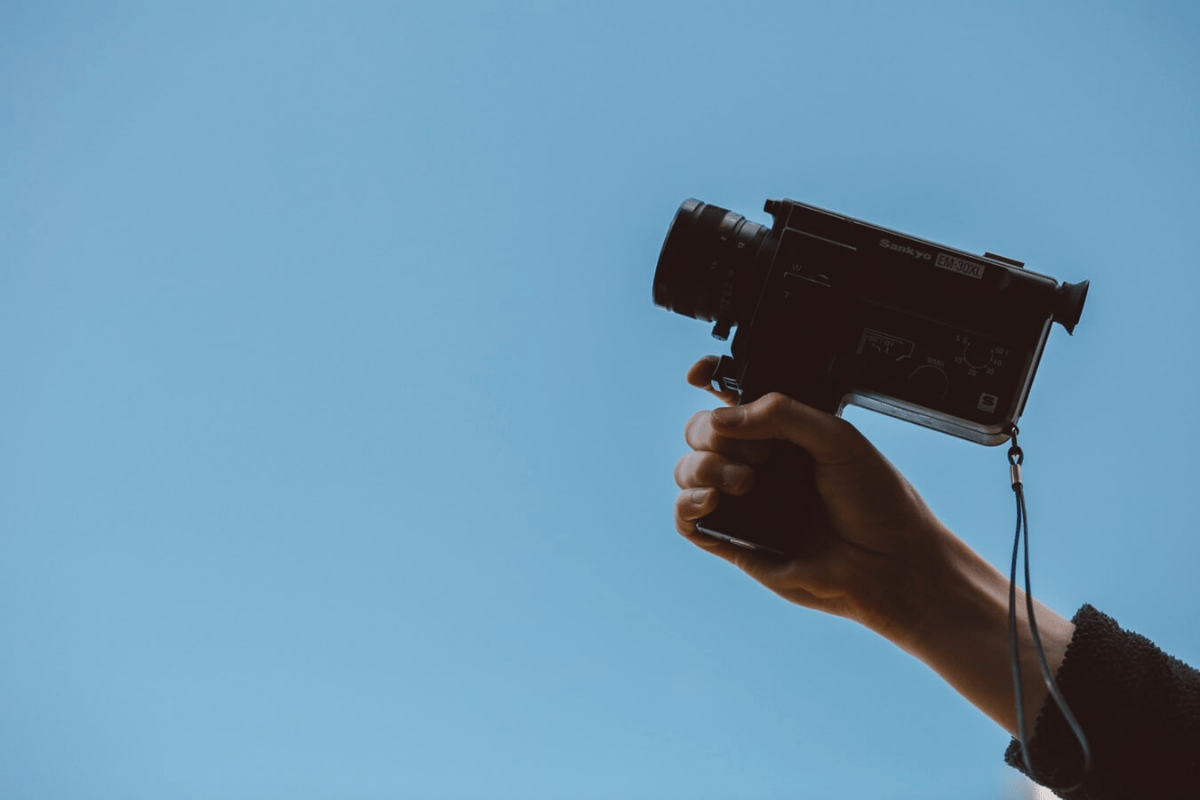Reading time: 7 minutes
The use of an event app is crucial to its success. But the participants must first know about the app. Using this concept for the marketing of event apps, you can create the ideal conditions to ensure the success of your event app.
The success of an event app is always dependent on two factors. Firstly, the app needs to be filled with the relevant content and, secondly, the subscribers must be informed about the existence of the app. If an app is not successfully accepted at an event, then, in 90% of the cases, it is because of the second point. A successful distribution concept of the app can be quickly created and implemented. In order to focus on more important tasks, this article introduces you to a simple concept that has been very successful in recent years. The focus is on the added value of the app for the visitor. Most importantly, this concept refers to an event app that is used only for communication at the event and for gaining feedback afterwards. Another concept of using event apps for the marketing of events and the sale of tickets follows this article on our blog.
Short briefing
The distribution strategy is divided into four promotion phases. The focus of communication is always the added value of the app for your participants.
Added Value of the App: Always up-to-date information about the event; individual agenda and favorites; feedback and survey opportunity; contact details and information about speakers, artists, and sponsors; site and site plans.
Early Phases of Promotion: Up to one month before the event. First information about the event app and integration into printed advertising materials. Highlight the basic use of the app.
Red Zone Promotion: 14 days before the event. Your visitors are more concerned with your event. Use social media channels and distribute the app URL through them. Focus is on the individual functions of the app such as surveys, individual agenda, favorites and live questions to speakers.
Last-Days Promotion: 7 days left. Switch to direct communication tools such as email and linking the app in it. This means that all participants have the app directly in their e-mail inbox. Focus is on up-to-date information and announcing changes via the app.
Event Days: focus is on persons on-site. Moderators and speakers should be briefed on the app. Advantages and use. Added value: up-to-date information, give feedback, live questions to speakers and individual agenda/favorites.
Added Value of the App for the Participants
People do not do anything without a reason. Therefore, you should always communicate clearly to your participants why they should use the app at your event or what benefits they get from it. The typical added value of an event app is always up-to-date information on the agenda, the participants, speakers, sponsors, and location. Participants receive direct messages from the organizer and can provide feedback on individual program items or the event as a whole. Through the app, they can ask questions to the speakers, create their own individual agenda and save speakers as favorites for later. They get location plans and maps and can be navigated to and around the event.
How you integrate this information into the communication with your guests is up to you and how you use the app.
Early Phase Promotion – One Month Before the Event
This phase starts about one month before the event. At this time, your guests will be busy with your event for the first time looking for event content. At this point, your app should be, at least partially, completed. It will now serve as a mobile information point.
If you also resort to printed materials for marketing, then it is necessary to integrate a QR code or the URL of the app here. You should always keep in mind with which instrument a person will search for the event when he gets such a flyer in his hand or sees a poster. That’s right, with his smartphone. Then offer him an information source which is optimized for such devices. In addition, you increase the substantive depth of your advertising materials and bring potential participants into your information channel.
In this phase, you should inform your visitors about the basic structure and content of the app.
Red Zone Promotion – Two Weeks Before the Event
Your event is slowly moving closer and it wanders more and more into the thoughts of your participants. Now you should at least start actively distributing the app across all your social networks. You should also link it to your homepage.
Now your guests are particularly interested in how they can actively use the app. So, tell them that they can find all the information about the agenda and the participants here. They can also create their own individual agenda and give feedback on program items or ask questions to the speakers.
Last Days Promotion – Seven Days Before the Event
The last 7 days of the event have begun and all your participants will actively prepare for it. For the distribution of the app, direct channels such as email or WhatsApp groups are most relevant. Most organizers send an info mail with all relevant information a few days before the event anyway. Here the app URL should definitely be integrated.
So close to the event, your participants are primarily looking for sources of information that will make their time at the event easier. In addition to the advantages already mentioned, you can focus on the timeliness of the data here. Explain that they always find the most up-to-date information about the agenda and the rooms in the app. You can also point out that spontaneous changes are only communicated via the app. This will avoid chaos and your guests will find their way around quickly.
Event Days
The big day has arrived and your event begins. Now the physical activities on site and your moderators and speakers are important. Digital instruments are less relevant but still a good foundation stone. The least amount of work is done by flyers or posters pointing out the app at the event location. Other creative possibilities are, for example, a reference to the app on the tickets or event badges. You could also use table displays with an image and the URL or QR code. The best way is a Wi-Fi network with the app as the home page.
However, announcements from the organizers and moderators are very promising. For the opening session, it is important to take a brief look at the app and its successful use. If you use the feedback feature for each session, speakers should always point out this feature. Your audience can also send questions to the speaker via the app. Or you can promote the app with a free give-away. So your guests could, for example, get a free drink at the bar when they use a code from the app at the bar or show the app.
What you should have learned
The success of an event app is significantly dependent on your guests even knowing about the app. The awareness of the app is neither coincidental nor easy to achieve. Having your own concept makes everyday life easier for you and should definitely be integrated into your overall event marketing. If you want to use the app primarily as a communication and information medium at the event, then it is sufficient to start one month before the start of the event with the distribution of the event app. Here you should bring your participants in touch with your app piece by piece and skillfully communicate the advantages of using it.
What do you think of this article? How do you market your event apps? Do you have any questions and alternative ideas?
“Megaphone” Icon created by Gregor Cresnar from “the Noun Project“.


